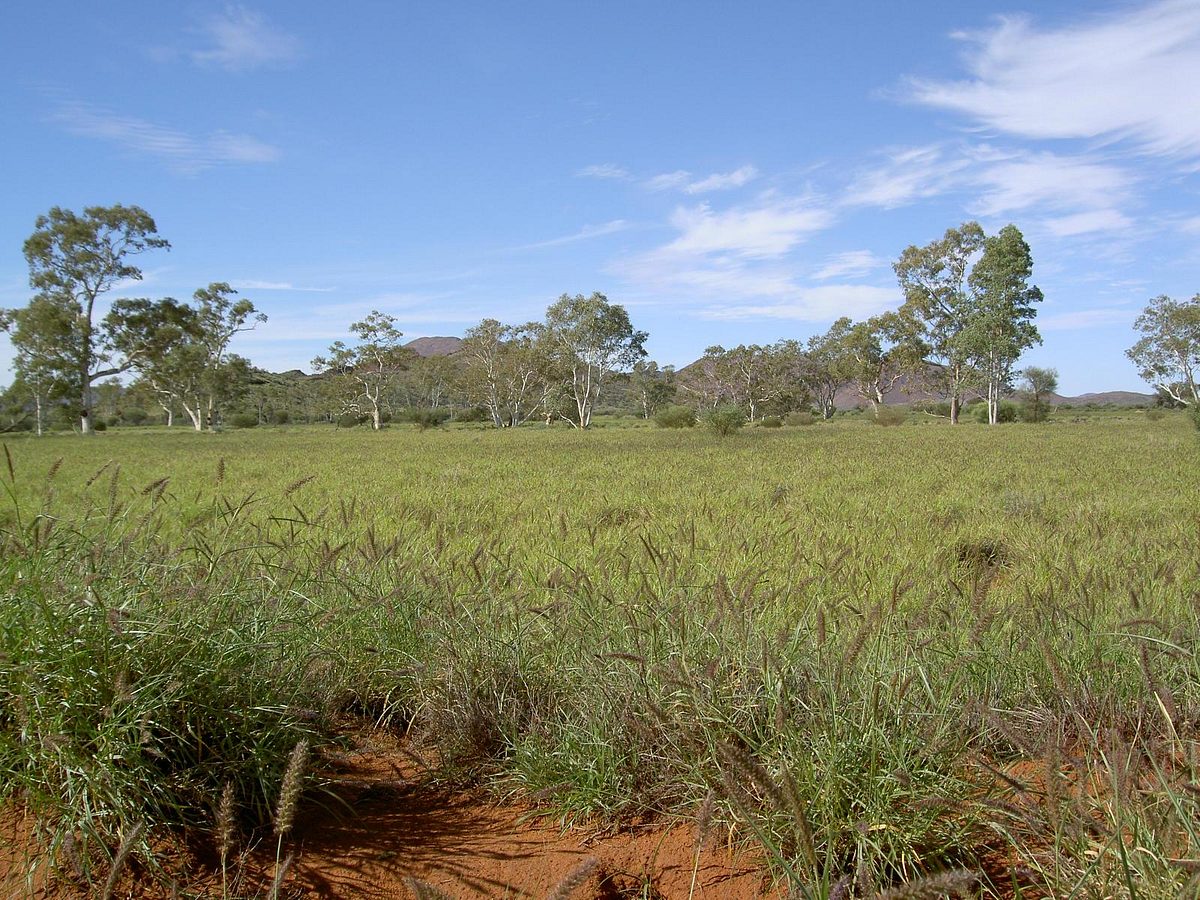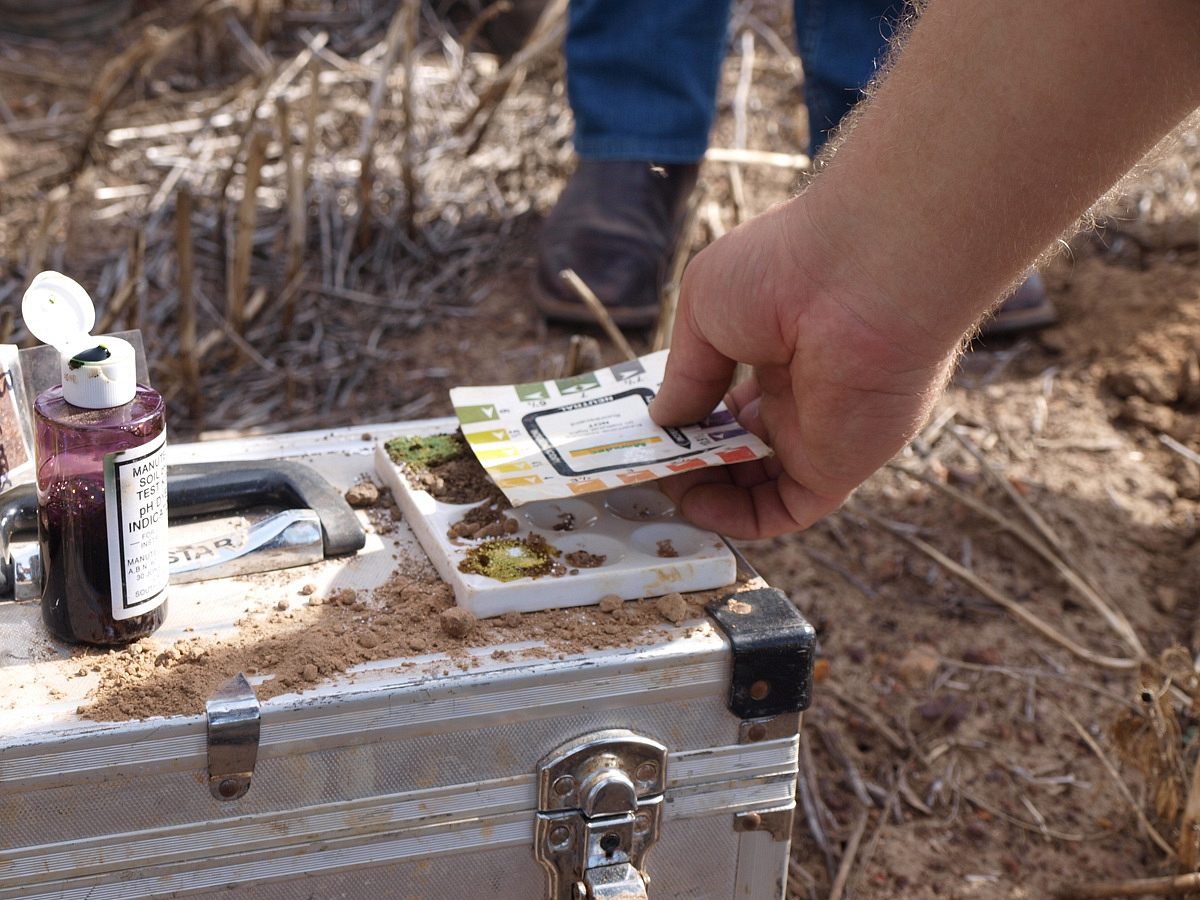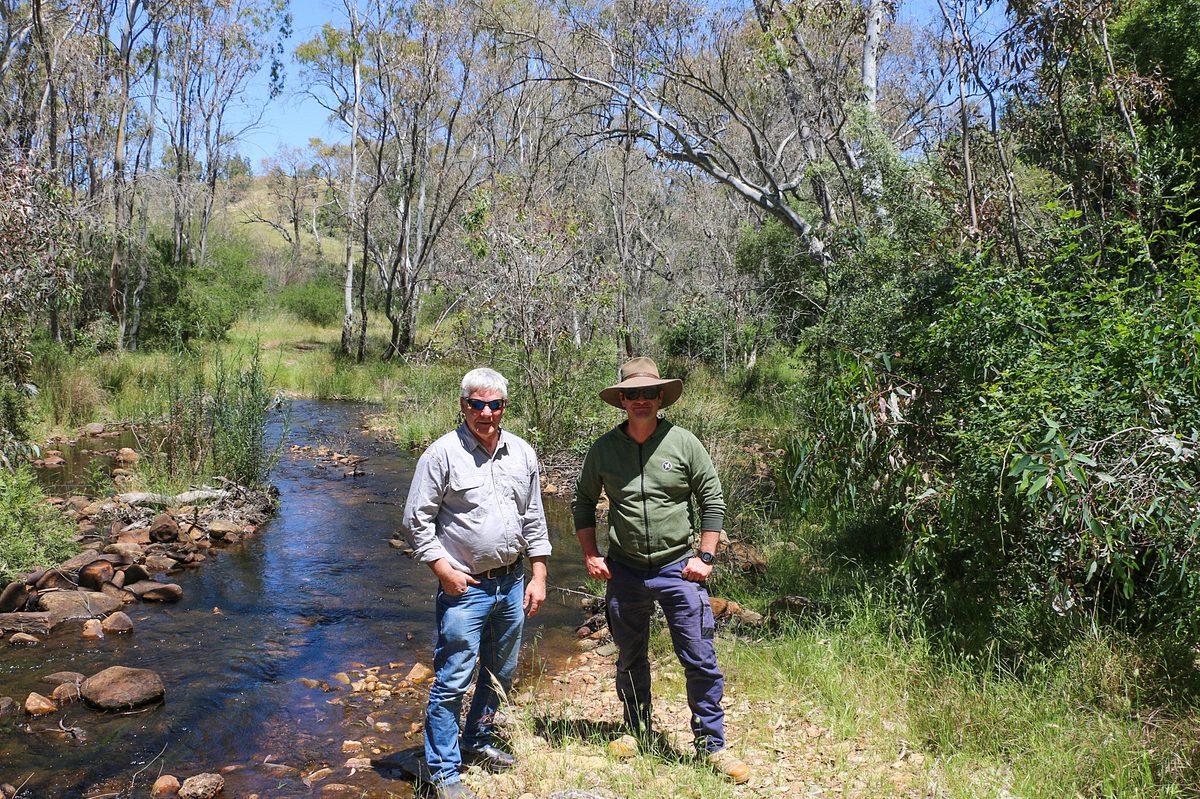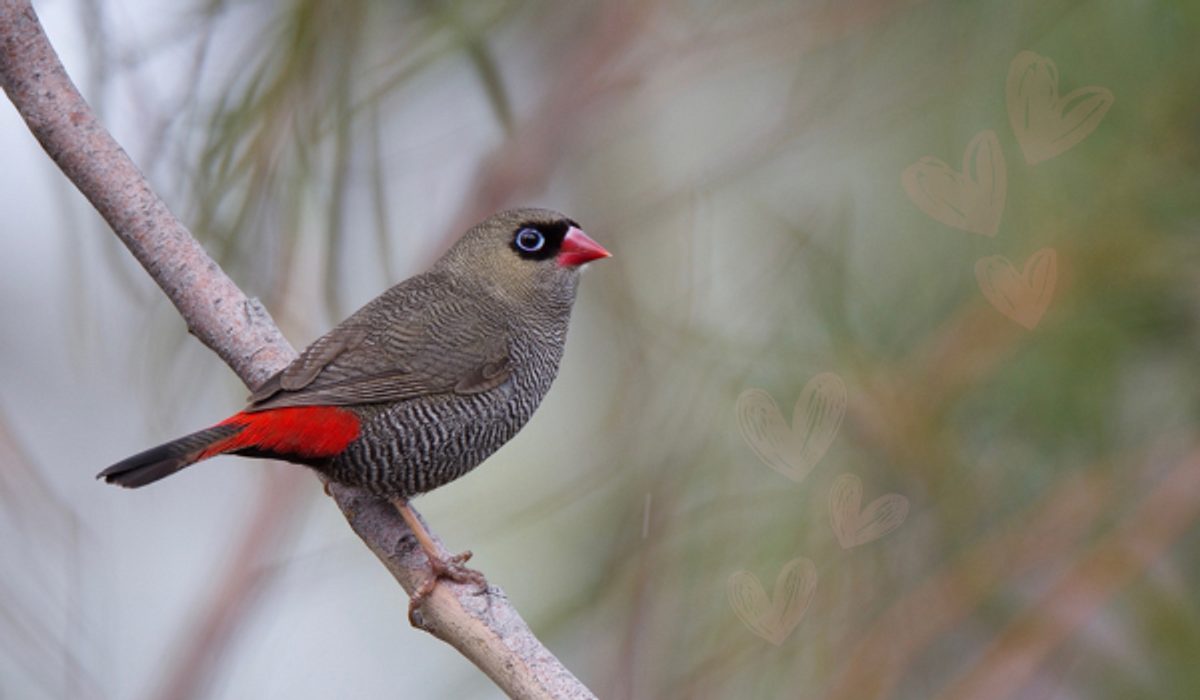Stopping the destructive march – what’s being done about buffel grass?
Buffel grass (Cenchrus ciliaris) is an introduced perennial tussock grass, referred to as a transformer species because of the way it can change entire ecosystems through the alteration of fire regimes and competition with native plants.
Known in Pitjantjatjara as mamu tjanpi or tjanpi kura – devil grass or bad grass – buffel grass is now recognised as one of the worst cultural and environmental threats in Australia’s arid rangelands.
There is an urgent need for increased landscape scale management, and prevention of further spread.

Buffel – the great disrupter
Buffel grass is tolerant of drought, fire and grazing.
Many of the characteristics that make it a useful pasture species also make it a problematic environmental weed, that is, it:
- establishes easily
- grows and matures rapidly
- flowers for a long time
- produces lots of seed that are easily spread.
Buffel grass spreads rapidly after rainfall and outcompetes native grasses and shrubs, transforming diverse healthy landscapes into a grasslands monoculture that devastates natural ecosystems, and making it difficult for animals and people to move across the landscape.
Increased fire risk
Buffel is more flammable than native vegetation, drastically increasing fire risk across South Australia. With high fuel loads and rapid regrowth, it fuels intense and frequent bushfire, even in dry years. Following high rainfall, buffel-driven fires become even more severe and widespread.
This shift in fire regimes is devastating ecosystems. Many native plants and animals can't adapt to the increased fire intensity and frequency, which destroys habitat and leads to biodiversity loss.
Buffel grass also heightens risks to communities and infrastructure, making bushfires harder to control and suppress.
By transforming landscapes into fire-prone zones, buffel grass disrupts entire ecosystems, altering vegetation structure, reducing biodiversity, and threatening both Country and culture.

How buffel is affecting First Nations peoples
Aboriginal communities are directly affected by buffel invasion. They have less access to bush foods and medicines, fewer hunting opportunities because of species decline, reduced ability to track prey, and rockholes and sites of cultural significance have become infested.
Hear directly from First Nations people of the desert about the effects they feel and see on their communities and culture in the Umuwa statement on buffel grass (2021).
But what about its grazing value?
Native grasses that form part of a diverse pasture provide more nutritional value for grazing livestock than areas colonised by buffel.
Its aggressive growth can reduce the productivity of native pastures, invade cropping areas, and increase management costs for landholders.
Is it too late stop the spread?
Current distribution
Today, buffel grass populations are found across much of SA’s arid and semi-arid rangelands, with populations focused along water courses and transport routes, including road and rail corridors.

The actual distribution of buffel grass is likely to be wider than is currently known, and its distribution is expanding. Prevention (hygiene) and early intervention are critical to prevent further expansion of its range.
For example, Northern and Yorke Landscape Board’s 2024 region-wide roadside survey of buffel grass, covering almost 700 km, found 31 new buffel grass sites when compared to the last major regional survey conducted in 2014.
This is a worrying trend, as buffel grass hitches a ride along highways and railways, travelling southwards from heavy infestations in the north.
While it was previously contained to roadsides in this region, it’s now spread further afield onto private properties.

What’s being done on the ground?
Alinytjara Wiluṟara (AW) Landscape Board and Aṉangu ranger groups have prioritised buffel grass management in the southern Great Victoria Desert (GVD) for many years.
The board has sourced funding, gathered support from partners and buy-in from landholders for buffel grass control.
Early intervention has ensured that the GVD remains one of last desert regions in the rangelands to have a limited distribution of buffel grass.
Surveillance is undertaken across thousands of kilometres of rough, remote roads to identify and control outbreaks before they spread.
Cool, low intensity burns are conducted to reduce biomass and encourage young shoots which are more susceptible to herbicide.
Knowledge and surveillance are shared across the various organisations involved, planning and supporting each other across the GVD.
A focus of the AW Landscape Board is to build the capacity and ownership of indigenous communities to undertake buffel grass control and management.
Partners in the Alinytjara Wilurara region buffel battle include Far West Coast Aboriginal Corporation Rangers, Oak Valley Rangers, Spinifex Land Management, APY Land Management, Yalata Rangers, National Parks and local contractors.

The SA Arid Lands Landscape Board is focusing its control efforts on outback roadsides, in partnership with the Department for Infrastructure and Transport as well as in high conservation areas as a part of their threatened species projects in particularly remote and culturally sensitive sites. Some of this work is in partnership with National Parks and Wildlife Services.
Advantage was taken of isolated rain events in early spring 2024 to start tackling buffel grass along the Augusta Highway south of Port Augusta and in high priority areas of the Outback Highway north of Hawker.
These areas are a priority to prevent new incursions and to slow down the southerly spread of this invasive weed.
Another element in the efforts to control the spread of buffel has been a program of soil testing to gather data on the effectiveness of the spraying program.

A multi-agency strategic approach
The AW Landscape Board is leading a multi-agency response to buffel grass in South Australia, in partnership with the South Australian Arid Lands, Northern and Yorke, and Eyre Peninsula Landscape Boards, along with Department for Environment and Water, Department for Infrastructure and Transport, Department for Energy and Mining and the Department of Primary Industries and Regions.
A broad range of stakeholders, including SA Water, ForestrySA, contractors, conservation organisations and local councils, are encouraged to prevent buffel grass spread through using hygiene protocols around machinery and vehicle movements, and managing infestations.
The board is advocating for a coordinated national approach to buffel grass, which is present in every mainland state and territory.
This includes nominating buffel grass as a Key Threatening Process under the Environment Protection and Biodiversity Conservation Act 1999 (EPBC Act) and submitting a nomination for buffel as a Weed of National Significance.
The board is also advocating for buffel to be considered as a biological control target under the National Biological Control Pipeline Strategy.
Historic meeting on buffel
Recognising buffel grass as a critical issue, the Deputy Premier and four other cabinet ministers convened in Adelaide in late 2024 for a ministerial roundtable on buffel grass.
The historic meeting brought together senior executives and key stakeholders and marked a departure from the traditional approach to policy development, which typically involves considerable preparatory work by departmental staff before ministers are engaged.
The ideas generated during the workshop will be considered and refined into a formal proposal to be presented to the Deputy Premier early in 2025.
Buffel Grass Strategic Plan
Coordinated statewide surveillance and control is required to curb the invasion.

The state’s Buffel Grass Strategic Plan presents a coordinated statewide approach to buffel grass management. In SA, there are currently three approaches to buffel grass management – asset protection, containment and eradication – across three management zones.
The aim, statewide, is to contain buffel grass and reduce its impact on cultural, environmental and infrastructure assets whilst minimising the safety risk to communities.
Buffel grass has been a declared weed in South Australia since 2015.


